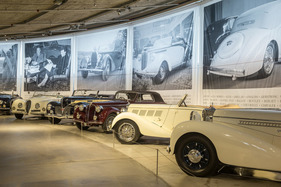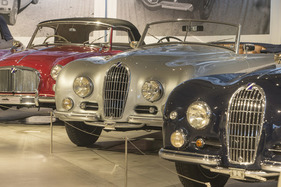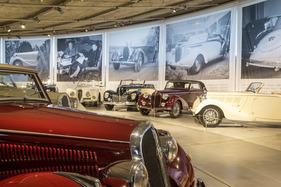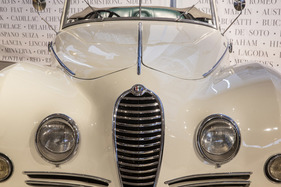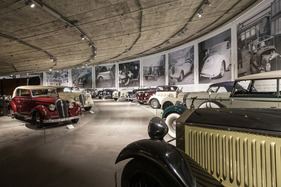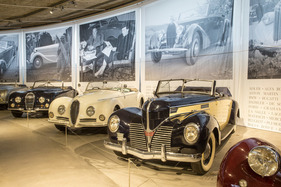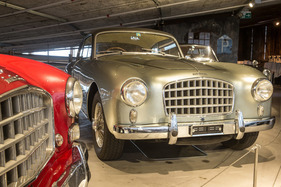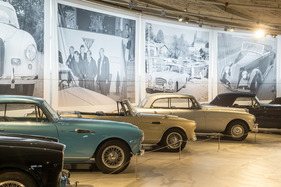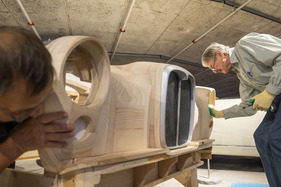Wichtrach, with its 4300 inhabitants, is still a small community between Thun and Bern at around 600 meters above sea level. It is hard to believe that masterpieces of automobile construction were created here. A certain Hermann Graber caused quite a stir in the automotive industry. He was the Louis Vuitton of the metal dress, and he also received much praise from Italy from none other than Pininfarina.
From wainwright to coachbuilder
Hermann Graber was born in Wichtrach in 1904 as the only son of the local master wainwright. After completing his compulsory schooling, he learned his father's trade and moved all the way to Paris. In 1926, he was able to move into a new building in Wichtrach and, at the young age of 22, produced his first bodies on supplied chassis under his own name. However, he quickly realized abroad that the future no longer belonged to the horse, but much more to the automobile. Wagner gradually developed into a coachbuilder and became known as such not only in Europe but also in America.
Early success
As early as 1927, he placed his first Creation on the chassis of a Fiat 509, and later mainly on French and American chassis. In 1929, a Panhard & Levassor 20 CV he bodyworked won the Concours d'Elegance in St Moritz, which immediately made him famous throughout Europe. However, the Second World War put a spanner in the works. The automobile manufacturers had to switch to war equipment and in Switzerland not only food but also fuel was rationed. There was no more room for Graber's luxury cars.
Hermann himself did active service as a private, soon headed a repair workshop and also proved himself as a truck mechanic. After the war, the situation normalized and the first post-war automobiles were imported. Now he began to dress mainly English cars. Brands such as Bentley, Rover, Aston Martin and, above all, Alvis were now in his workshop.
The beginning of a long partnership
In the early 1950s, he took over the Swiss general agency for Alvis, which led to the creation of various Alvis-based one-off models. Graber also imported Alvis automobiles, which were coachbuilt under license at Parkward in Graber style.
Technology change no longer experienced
On August 24, 1970, Hermann Graber died early at the age of 66. The automotive industry had already made the switch from chassis construction to self-supporting bodywork, and there was hardly any chance of survival for independent coachbuilders.
In total, Hermann Graber clad around 800 cars with his personal label, an extremely thin C-pillar.
Rarely extensive exhibition at the Pantheon
The special exhibition at the Pantheon is dedicated to this Hermann Graber from Wichtrach. Around 24 cars in Hermann Graber's elegant tuxedo are on display in Muttenz. The newly created wooden model of the TF 21, made by Werner Haas, can also be admired. Graber's drawing board, which is around 5 meters long, has also been brought to the Pantheon.
Not only vehicles
Original photos and documents from the Swiss Car Register's collection can be admired in various display cases. And not forgetting the wrought-iron gate that adorns so many factory photos of the cars in the background has also found its way to Muttenz.
This exhibition is once again well worth seeing and as Steffi Musfeld said so beautifully: "You have an idea, but somehow you don't believe you'll find enough vehicles and in the end they do turn up." Yes, where there's a will, there's a way!























































































































